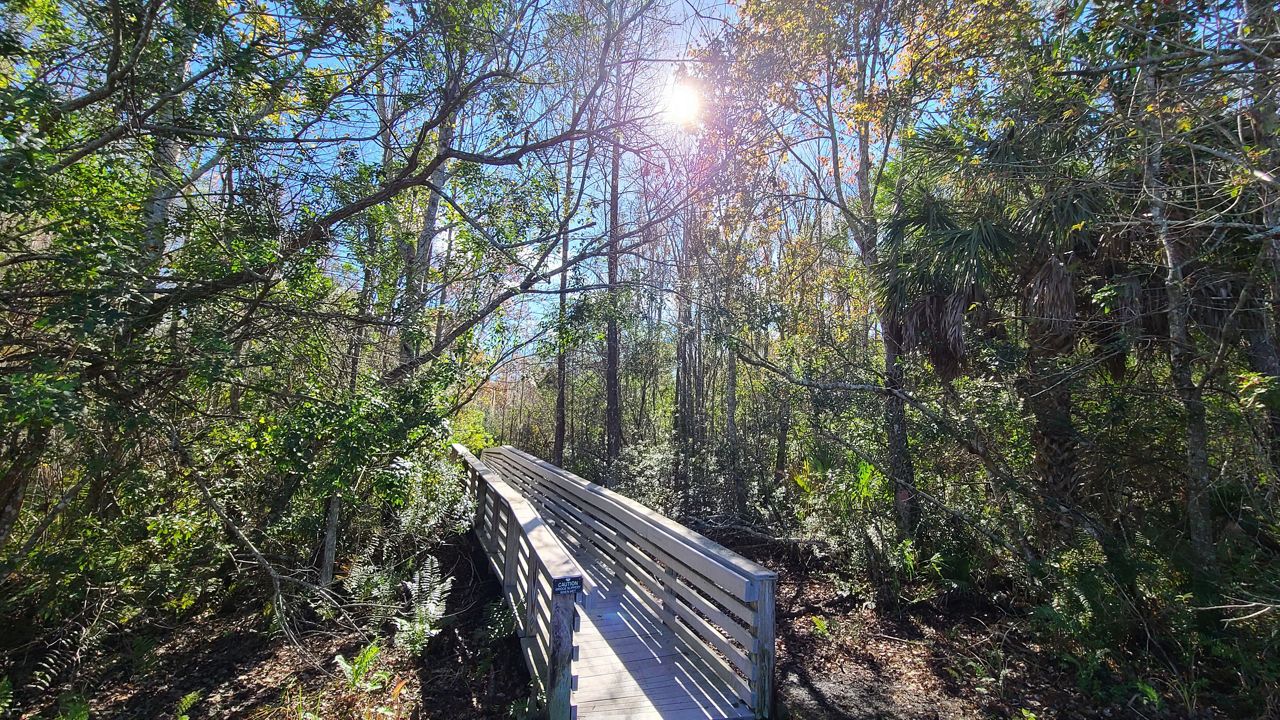PALMETTO, Fla. — More than four million gallons of stormwater is being pumped from a Piney Point gypsum stack and into Tampa Bay and the process will take a few days, the site's court appointed receiver confirms.
According to Herb Donica who is overseeing the permanent closure of Piney Point, rainwater has been accumulating in one of the stacks over the last few months. In order to make repairs and insert a new liner before permanently closing the stack, it needs to be drained.
What You Need To Know
- More than four million gallons of stormwater is being pumped from a Piney Point gypsum stack
- Rainwater has been accumulating in one of the stacks over the last few months
- Justin Tramble with Tampa Bay Waterkeepers says that this discharge isn't to the degree of what happened last spring
- PREVIOUS STORY: Injection well work begins at Piney Point facility
The stormwater sits on top of a layer of mud and silt that originally came from the bay. The stack once accepted dredge material from the port and there's layers of soil left behind.
"We've tested the water, it's good quality water. It just has a little salinity in it and it's going right back to the bay where it came from," Donica explained.
Donica says the water is clean and free from the nutrients that had contaminated the water that was dumped into the bay last year, following a breach at the former phosphate processing plant.
"It's a procedure that's been done many times before according to the permit that we have," he said. "It's stormwater, so nothing will happen to the community. I understand their concern because of what happened a year ago April, but we're creating an environment that's safe once we drain all the stacks and remediate them so they no longer hold water."
The port authority and Department of Environmental Protection are involved in this controlled discharge that started Tuesday and will continue throughout the week, Donica said.
Justin Tramble with Tampa Bay Waterkeeper said that while this discharge isn't to the degree of what happened last spring, he's still very concerned.
"Any release from that facility, even if it's not as toxic as it was last year, is still a concern for us really because of a lack of detail in their closure plan. There's a lack of detail when it comes to monitoring," he said.
Tramble wants to see evidence of water quality tests and clear plans for monitoring. He feels there's been a lack of transparency in the process.
"We're concerned with the sediment on that site, we don't necessarily know how toxic the sediment is," he said. "There's just a lot of details missing."
Donica says work to permanently close the stack will begin in a couple of weeks.









